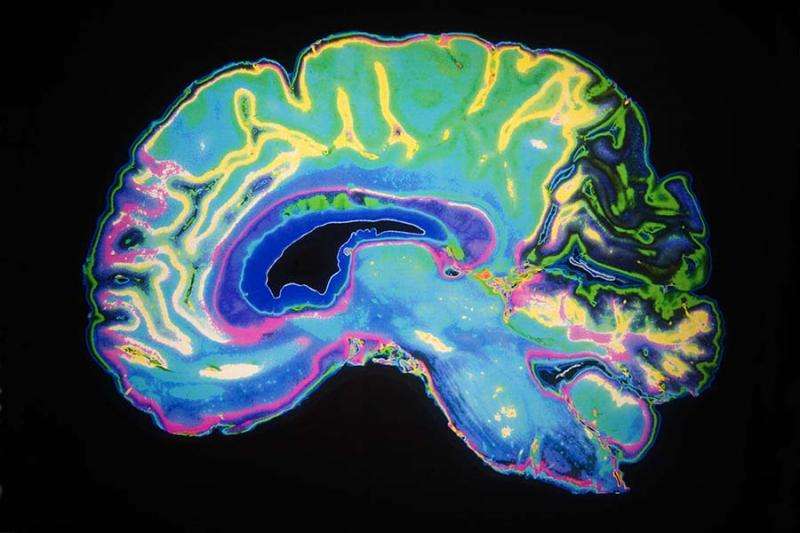Treatment hope for dystonia sufferers

For nearly 20 years, Sylvia May has not been able to hold her head straight. The muscles in her neck are in constant spasm, meaning her head tilts permanently to one side in an often painful position.
Though her symptoms began in 2000, it was nearly six years before the neurological disorder dystonia was diagnosed. "I went to physios, GPs, had neck X-rays – everything appeared normal," she says, "but clearly there was something wrong."
There are few treatment options for people such as May, but there are positive signs from the early results of research into an unusual therapy using magnetic pulses to the brain.
Physiotherapy professor Dr Lynley Bradnam is trialling the use of transcranial magnetic stimulation (TMS) of the brain in dystonia sufferers, and it seems the treatment may improve mobility and quality of life, and reduce pain levels.
TMS is a non-invasive treatment. "We hold a magnetic coil over the skull and focus a small magnetic pulse into the brain painlessly," Dr Bradnam says.
Dr Bradnam, of the Graduate School of Health at the University of Technology Sydney, is comparing TMS responses in neck dystonia with those from her earlier research testing the response of hand dystonia patients to transcranial direct-current stimulation (tDCS), which sends a weak electric current into the brain using electrodes.
TMS and tDCS stimulate cortical neurons within the brain in an attempt to disrupt faulty messages thought to be the reason for dystonia. Both techniques are sometimes used to treat stroke patients.
At this stage, tDCS has no approval for clinical use and TMS is approved for use only in the treatment of depression.
"We can't offer it as a therapeutic intervention. It can only be used in an experimental study at present," Dr Bradnam says.
Dr Florence Chang is a neurologist at Westmead hospital who treats dystonia patients and is researching the pathophysiology of dystonia. "It can affect people of all ages, including children," she says.
Dr Chang says that although dystonia is the third most common movement disorder (after essential tremor and Parkinson's disease), there are few treatments and no cure.
People with dystonia experience an uncontrollable muscle spasm, usually in one part of the body such as the neck or feet. The disorder can be focal (occurring in one part of the body) or generalised.
Dr Chang estimates that 8000 Australians have focal dystonia and 800 have generalised dystonia.
She says the most common treatment in adult-onset dystonia involves Botox injections to the over-active muscles.
"It's painful and patients need to come back every three months because the injection wears off. And there are side effects, like muscle weakness or, in the neck, a risk of choking," she says.
One of the more successful treatments for generalised dystonia is deep brain stimulation (DBS), where a neurosurgeon implants small electrodes in the brain then connects them to a small battery-powered device (similar to a Pacemaker) permanently lodged under the patient's skin near the chest.
The procedure carries risks of stroke or infection so it is used only on severe cases, Dr Chang says.
She says the prospect of a treatment such as TMS that could provide long-term relief without severe side effects is good news for dystonia sufferers.
Professor Bradnam says some physiotherapy interventions, which help patients with strength and mobility, can also help.
"I wanted to look at the therapeutic perspective of treating dystonia with a method of brain stimulation that was not so invasive and eventually combine brain stimulation with more traditional physiotherapy treatments," she says.
"When I started working with people with this condition, I realised the serious impact it has on their lives. They suffer a lot of pain, many are unable to work and there's also a lack of understanding about dystonia, so they have to constantly explain to people what's wrong with them."














